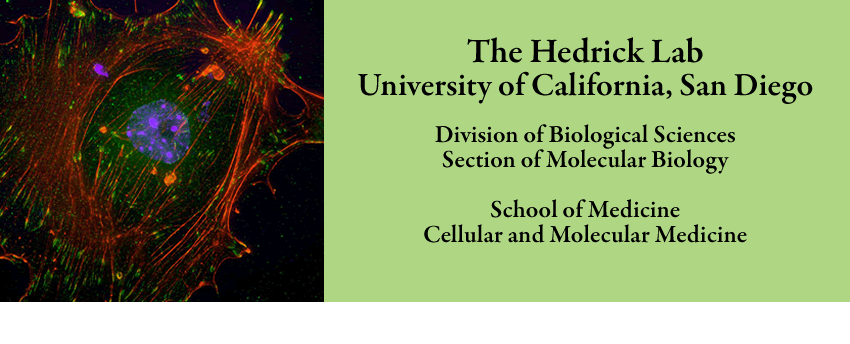 |
|||||||||||||
Immune homeostasis: the sum of lymphocyte dynamics (http://hedricklab.ucsd.edu)
Although homeostatic regulation is universal in biological systems, it is prominently in evidence within lymphocyte populations, and like almost every aspect of the immune system, the dynamics of lymphoid populations are wildly exaggerated. An infectious agent can provoke quiescent, antigen-specific T cells to suddenly grow in size, proliferate more than 10,000-fold, and then at a prescribed point in the process collectively undergo an equally dramatic and selective contraction in numbers. Although such events are extravagant compared with the constant turnover exhibited by other organismal systems, they are not without control. The height of the expansion and the plateau of survival are both regulated and in some manner self-limited. Moreover, the body appears to have a set-point for total lymphocytes diffuse throughout the body, about which the populations oscillate. In addition to interesting biology, this regulation of lymphocytes is important for almost all of the diseases affecting an aging population: immune hypersensitivity, including asthma; autoimmunity, such as rheumatoid arthritis and psoriasis; cardiovascular disease; cancer; and metabolic diseases such as Type II diabetes. We are interested in understanding the conceptual basis for these immunopathologies.
Lymphocyte survival and quiescence. We have found that a family of Forkhead transcription factors (named Foxo) are essential for the maintenance of many aspects of T cell homeostasis. Two of the family members, Foxo1 and Foxo3, have unique functions within the immune system, where Foxo1 regulates survival and homing properties of T cells (Kerdiles et al., 2009) and Foxo3 regulates the ability of dendritic cells to promote T cell survival (Dejean et al., 2009). In addition, the absence of Foxo1 in T cells results in chronic immune inflammation and autoreactive antibodies. The factors also have overlapping functions in that the T cell-specific deletion of Foxo1,3 results in florid autoimmunity. We are interested in understanding the program of gene expression controlled by Foxo transcription factors, and how the disregulation of this control results in immunopathology.
Lymphocyte expansion and survival. A central signaling pathway in T cell activation is centered around the mitogen-activated protein kinases, Erk1 and Erk2. These factors are collectively essential for progression through the cell cycle, and individually they regulate proliferation, survival and the fate of antigen-activated T cells. We have found that antigen-mediated T cell activation is governed in part by the strength of signal transmitted by Erk2, and this regulates the magnitude of T cell expansion (D’Souza et al., 2008). We have also found that the absence of Erk2 promotes an alternative differentiation program in CD4 T cells resulting in an abnormally high number of Foxp3+ T regulatory cells. We are exploring a connection between Erk2, TGFb, and Foxo1 in this process.
Alternate forms of lymphocyte programmed death. The contraction of a lymphocyte population following the clearance of an infectious agent occurs via apoptotic death defined as the induction of DNA fragmentation, nuclear blebbing, and cell shrinkage. In many cases, infectious agents have evolved mechanisms to prevent apoptotic death, and in particular, many viruses prevent apoptosis, and this appears to promote virulence. A second pathway of cell occurs when apoptosis is inhibited, and we are studying the basis of this mode of programmed cell death (Ch’en et al., 2008).
![]() Produced by the Hedrick Lab, 2008
Produced by the Hedrick Lab, 2008